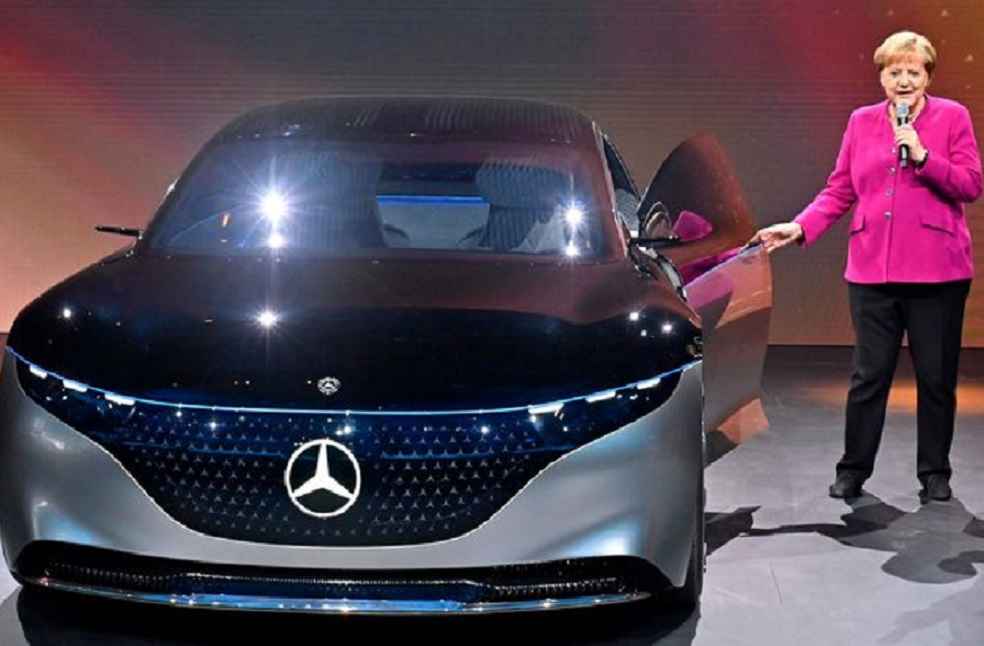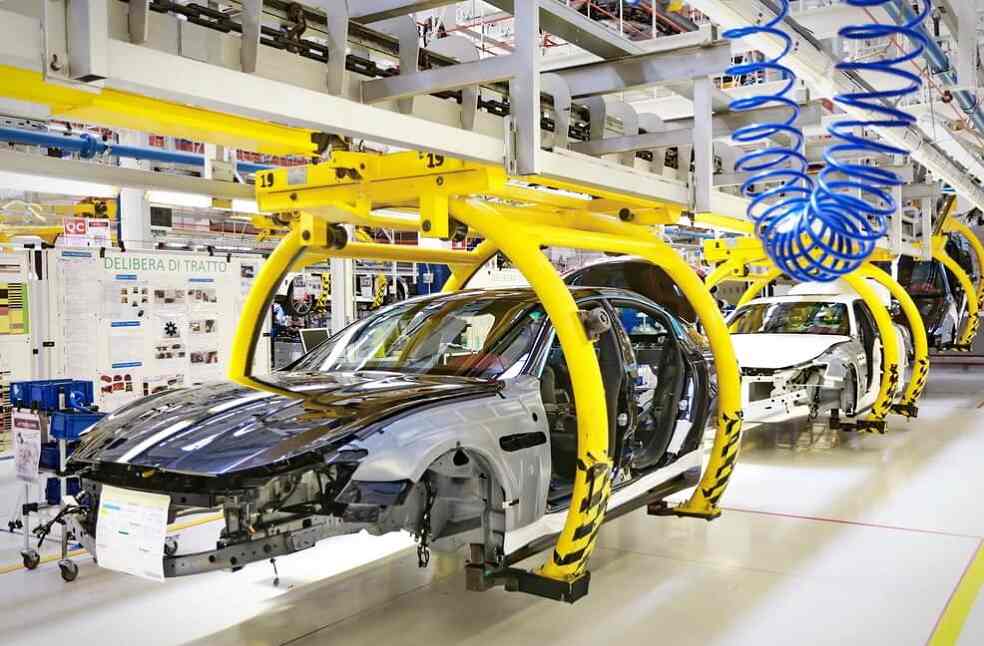Vietnam auto sector has transitioned from reliance on imported cars to becoming a significant player in global markets, marked by domestic production, exports, and the rise of electric vehicles. This shift highlights the industry’s growing capacity, innovation, and appeal to international investors.
A key achievement was VinFast’s export of 999 VF8 electric cars to the US in late 2022, meeting stringent safety and quality standards. The milestone underscored Vietnam’s ability to produce globally competitive vehicles. By 2024, VinFast ranked 28th globally in battery-powered electric vehicle sales, selling 44,260 units and surpassing established brands like Honda and Subaru. The company has since expanded to Europe and Southeast Asia.
Vietnam’s growing appeal as an automotive manufacturing hub is attracting global brands. Hyundai Thanh Cong’s recent export of Palisade SUVs to Thailand, under the ASEAN Trade in Goods Agreement (ATIGA), highlights the competitiveness of Vietnam’s auto support industry. The localisation rate exceeding 40% enabled zero-import tax benefits, showcasing the industry’s pricing advantages.

Other global players like Mercedes-Benz Vietnam have long embraced local assembly, producing models like the C-Class and E-Class at its Ho Chi Minh City plant since 1995. Meanwhile, partnerships like the GM-SAIC-WULING venture with TMT Motors are expanding domestic production of electric vehicles, including the Wuling Mini EV and Wuling Bingo in Hưng Yên Province.
Geleximco Group’s collaboration with Chery plans to make Vietnam a regional production hub, with an annual capacity of 200,000 vehicles at its upcoming Thái Bình Province plant. This initiative includes a design and manufacturing centre to facilitate technology transfer and enhance competitiveness.
Government incentives, such as a 50% reduction in registration fees for locally assembled cars, have further boosted consumer trust in domestic vehicles, which offer cost advantages and readily available spare parts.
Vietnam’s automotive market is thriving, with a record 38,761 units sold in October 2024, according to the Vietnam Automobile Manufacturers Association (VAMA). Improved product quality, supportive policies, and alignment with consumer trends have driven growth.

The industry’s draft strategy targets production of over 1.5 million vehicles by 2035, with 78% of domestic demand met by local assembly and annual exports reaching 90,000 units. The emphasis on electric and low-emission vehicles aligns with global environmental priorities.
The auto sector’s success stems from strong government policies, visionary entrepreneurs, and advancements in technology. Tax incentives, infrastructure improvements, and innovation in AI and green technologies are reducing costs and enhancing Vietnam’s competitive edge. Rising incomes and living standards are further fueling demand.
Associate Professor Dr. Nguyễn Thường Lạng of the National Economics University highlights the importance of a stable market, attractive profit margins, and supportive policies for sustaining growth in the industry.
DON’T MISS | Volkswagen Exits Xinjiang, Focuses on China’s Electric Vehicle Market





